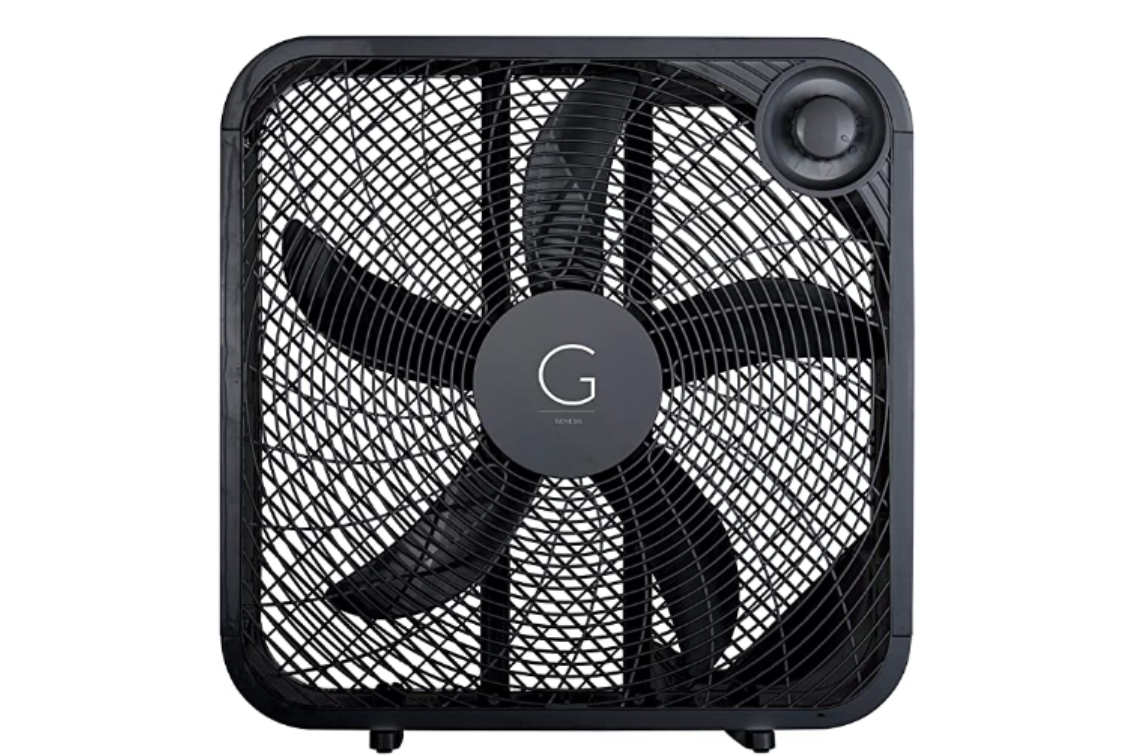When summer rolls in and the heat starts creeping into your home, using a window fan strategically can make a big difference. It’s not just about placing a fan in a window—it’s about knowing when and how to adjust its direction for optimal cooling. Let me walk you through the best ways to use a window fan to keep your home cool and comfortable.
Why Direction Matters: Fan Facing In or Out?
A window fan is a simple yet effective way to improve air circulation in your room. But the big question is, should the fan face into the room or out of the window? The answer depends on the outside temperature compared to the temperature in your room.
Here’s a quick rule of thumb:
- When the air outside is cooler than inside (usually at night or early morning): Face the fan into the room to pull in the cool air.
- When the air outside is hotter than inside (typically during the day): Turn the fan outward to push the hot indoor air outside.
This small adjustment can make a noticeable difference in maintaining a comfortable indoor temperature.
How to Use a Single Window Fan
If you have just one fan, you can still make it work effectively:
- Cooling the Room at Night or Early Morning:
Place the fan in the window facing inward to draw in cooler outdoor air. Open another window or door on the opposite side of the room to allow warm air to exit, creating a refreshing cross-breeze. - Reducing Heat During the Day:
Once outdoor temperatures rise, turn the fan around so it faces outward. This helps expel the hot air trapped inside the room while preventing the fan from pulling in warmer outside air.
Boosting Airflow with Cross-Ventilation
Fans don’t cool the air—they simply move it around. To make the most of your fan’s airflow, pair it with an open window or door. This creates a cross-breeze that keeps your room feeling fresh and cool, even on warmer days.
For instance:
- Fan Facing Outward: The fan pushes hot air out of the room. An open window or door on the opposite side allows cooler air to flow in.
- Fan Facing Inward: The fan draws cool air in while warm air escapes through another open window.
This method works particularly well in spaces with good air circulation.
Double the Power: Using Two Fans
If you have two fans, you can take your cooling game to the next level with cross-ventilation:
- Step 1: Place one fan in a window facing outward on one side of the room.
- Step 2: Place the second fan in a window on the opposite side of the room, but facing inward.
This setup allows one fan to pull in fresh, cooler air while the other fan expels stale, warm air. It’s a simple yet highly effective way to keep your space cool.
Multi-Level Homes: A Smarter Cooling Strategy
If you live in a two-story house, you know how hot the upstairs can get while the basement stays cool. Here’s how to use window fans to balance the temperature:
- Upstairs: Place fans in upstairs windows facing outward to blow hot air outside.
- Downstairs: Set up fans in downstairs windows facing inward to draw in cooler air.
This setup works with the natural movement of air, as heat rises and cooler air settles. It’s a game-changer for multi-story homes during the summer months.
Key Takeaways
By adjusting the direction of your window fan based on outdoor temperatures and using multiple fans for cross-ventilation, you can create a comfortable and energy-efficient cooling system. A few simple tweaks can help you beat the heat without cranking up the air conditioning.
20 Inch Box Fan
Experience powerful cooling with Genesis 20″ box fan. Durable, lightweight, and stylish. Perfect for any space. Three speeds for all weather conditions.
Related Reads:
How to Choose the Best Air Purifier for Allergies: Top Rated Guide
Windowless Cooling: Bladeless Evaporative Air Cooler Review
Do you have a favorite fan placement trick that works wonders in your home? Share your tips in the comments below—I’d love to hear how you stay cool!


